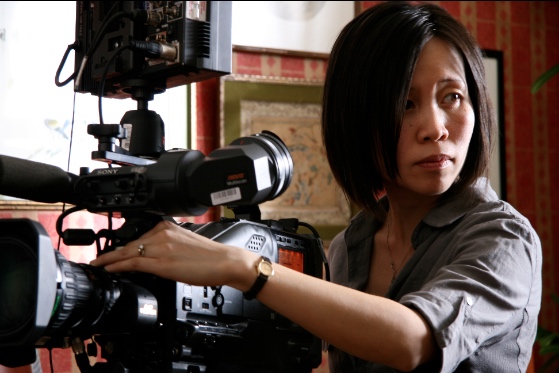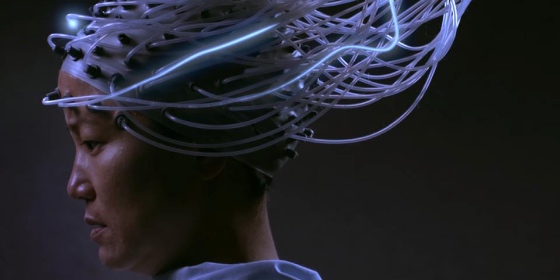
Filmmaking is a collaborative endeavour but we commemorate the final output by recognizing only a small number of people. We never fail to remember the directors, actors and the scriptwriters who pen quippy one-liners, but our collective memory excludes the many contributors hiding in plain sight. Cinematographers, for instance, have long collaborated with directors to create some of the most enduring images in film history—and yet we hardly know their names. Think of pairings like Maryse Alberti and Ryan Coogler, Wally Pfister and Christopher Nolan, Ellen Kuras and Michel Gondry, Robert Yeoman and Wes Anderson. Only half of these duos are real household names. Most recently, this manifested again with Moira Demos and Laura Ricciardi’s much-talked about Making a Murderer, which was shot by Iris Ng.
While the subject of the ten-part Netflix documentary—the corrupt inner workings of the American justice system—has gleaned countless thinkpieces, what’s largely gone unnoticed is the docuseries’ visuals. That is, Ng’s work in weaving 700 hours of footage, family photographs and court recordings together to suspend audiences in a temporal limbo, just like Steven Avery is throughout his trial. While the story unfolded in Manitowoc, Wisconsin, Demos and Manhardt worked closely with Ng to contextualize Avery’s present within that temporal framework. Sometimes it’s through interviews with his parents, who are bathed in the natural light of kitchen window. Oftentimes, it’s how sunlight is reflected off the cars strewn throughout the Avery lot, which is at once a crime scene and the family’s livelihood. It’s through these shots that Ng highlights what Avery is missing while he sits in a jail cell, awaiting trial: freedom to roam and beaming natural light.
This isn’t Ng’s first venture into welding different kinds of footage together. After graduating from York University’s Film and Video Production program with a background in still photography, she started shooting her first short film, Point of Departure (2008), in 16 mm, Super 8, and digital video. The use of Super 8 is one of Ng’s staples, as most of her work is shot in a combination of this medium and digital—literally connecting the past to the present in content and form. Throughout Point of Departure, Ng explores how memory and scattered familial ties challenge the power of family narratives, which would become reoccurring themes in her work.
From her feature-length films to smaller, experimental collaborations with the likes of Oliver Husain and Jean-Paul Kelly, where Ng excels most is by visualizing that act of recollecting. It’s easy to forget that remembering is a visualization too—sometimes the images are vivid enough to make us sure, and foggy enough to make us suspect. The way Ng confronts that hazy recollection is what seems to resonate the most with audiences. Indeed, it’s what drew Sarah Polley to Ng’s work, leading to their collaboration on Stories We Tell (2013).
The way Ng confronts that hazy recollection is what seems to resonate the most with audiences.
Polley’s much-celebrated documentary deals with storytelling and memory; or, specifically, Polley discovering the identity of her biological father. Toying with fact and fiction, just as memory toys with us, Polley chose to seamlessly stage home videos, never identifying what was “real” and imagined. Ng, then, had to make sure that the recreations of certain unrecorded events were closely matched to Polley’s existing home movies from thirty years ago. In order to achieve this effect, Ng scavenged for numerous cameras used in that era, either on Craigslist or through a network of other filmmakers, because the models had been discontinued. She also sought out sun guns to mount on the Super 8 cameras in order to flood the shots with light, lending them the grainy, bleached-out idiosyncrasies of the home movies. But Ng took it a step further by mimicking the amateurish way Polley’s father, Michael, handled the camera because, as Ng explained in Canadian Cinematographe, “when Michael Polley was operating the camera he would frequently pan away from the human subjects and shoot what was in the background, say a field or rooftop.”
In her hands, Ng doesn’t separate the real from the unreal, the past from the present/future. Instead, she shows us how to make peace with the mingling of it all within our own lives. One of our biggest fears is forgetting and yet through Ng’s lens, forgetting, like remembering isn’t necessarily a bad thing—it’s a starting point for either new memories, or the restoration of older ones.




